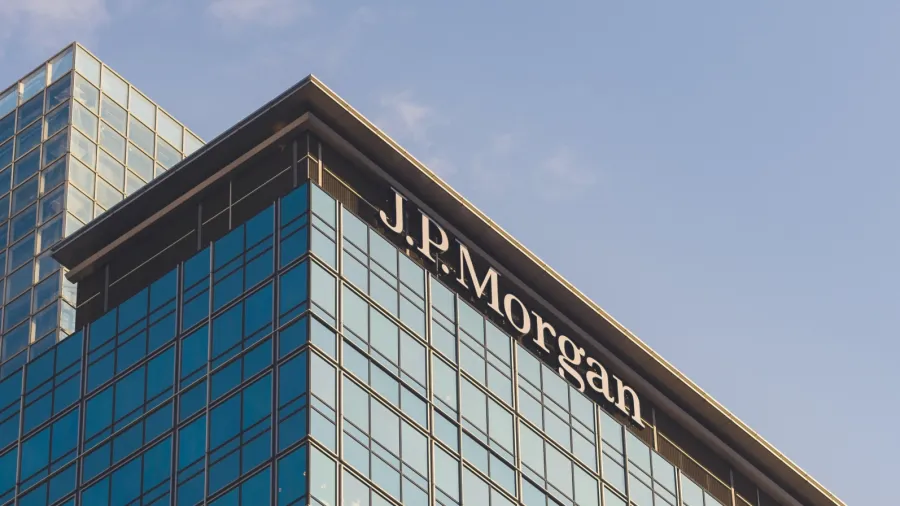
Private fund tokens may be the future of investing
Kinexys seeks to keep a token’s sensitive financial information from prying eyes.
JPMorgan Chase & Co., through its blockchain platform Kinexys, is expanding its fund tokenization capabilities to make it more private, touting it as the future of investing.
“Investment funds getting tokenized on-chain is a trend that's been growing,” Nikhil Sharma, executive director and head of growth at Kinexys by J.P. Morgan, told Asian Banking & Finance at the Singapore Fintech Festival 2024 early this month. “We have conviction that it will grow further.”
The New York-based bank, the largest in the world, rebranded its Onyx Digital Assets platform to Kinexys during the festival. The name comes from “kinetic,” meaning “caused by motion,” and represents how the bank plans to move money, assets and financial information.
The goal? To quicken lending and asset settlement.
“What [our solutions] are doing is they're making our clients able to move information, money and assets across asset settlements much faster,” Sharma said. “And that's why we thought the name should more reflect what we are doing.”
The global COVID-19 pandemic and later, geopolitical tensions, exposed trade financing and asset management problems, including the inefficiencies of traditional paper-based systems.
Tokenization, which converts an asset or the ownership rights of an asset into a digital form using blockchain technology, seeks to simplify the process. Investors might allocate as much as 9% of their entire portfolio to tokenized assets by 2027, according to EY-Parthenon.
Amongst Kinexys’ earlier milestones is TCN or tokenized collateral network, which tokenizes a money market fund for collateral.
“We can tokenize money market funds on that product and enable financial institutions to post the money market fund units, [and] tokenized money market fund units as collateral,” Sharma said.
At the time of the rebrand, the Kinexys blockchain platform processed about $2b transactions daily, serving clients across five continents. More than $1.5t in transactions on the platform had been processed since its launch in December 2020.
‘Continuing to build’
Kinexys and J.P. Morgan are exploring products that are commercially viable, but with more privacy.
Most public blockchains are transparent and don’t need permissions, giving the parties autonomy whilst ensuring the integrity of shared data. Anyone with internet access can view transactions, balances, and the mechanics of smart contracts, according to a report by Kinexys.
Kinexys uses permissioned blockchain networks with some privacy, but these have limited use since they defeat the purpose of a blockchain, which is transparency, it added.
Sharma said the next phase would bring in product and market extensions and new applications that are sitting on their platform. “[There are] new clients coming in on our existing applications, and also new applications being built on our infrastructure. That's what the immediate future looks like in terms of fund tokenization.”
Kinexys has started “Project Epic,” which seeks to keep certain details about a token such as sensitive financial information from prying eyes. Ideally, data will be conditionally disclosed on a unified ledger with a shared state, ensuring transparency without compromising confidentiality.
The project tested out how to incorporate privacy and identity in blockchains, because Kinexys thinks this would make blockchain use “more comfortable.”
On security, Sharma said blockchain solutions would operate no differently from any J.P. Morgan software; they will undergo the same governance, gating, entitlements, and controls.
“What's changing, or what's new is how the records are being kept. This is just a new record-keeping system in terms of data protection,” he added.
Kinexys is integrating with J.P. Morgan FX Services to allow foreign exchange (forex) settlement on the blockchain. If successful, the bank’s clients can execute near real-time forex transactions and settlements as early as the first quarter of 2025.
“We're continuing to build,” Sharma said. “We can access digital assets. [It is] essentially a unified ledger already. We have assets and cash sitting on the ledger.”

















 Advertise
Advertise








